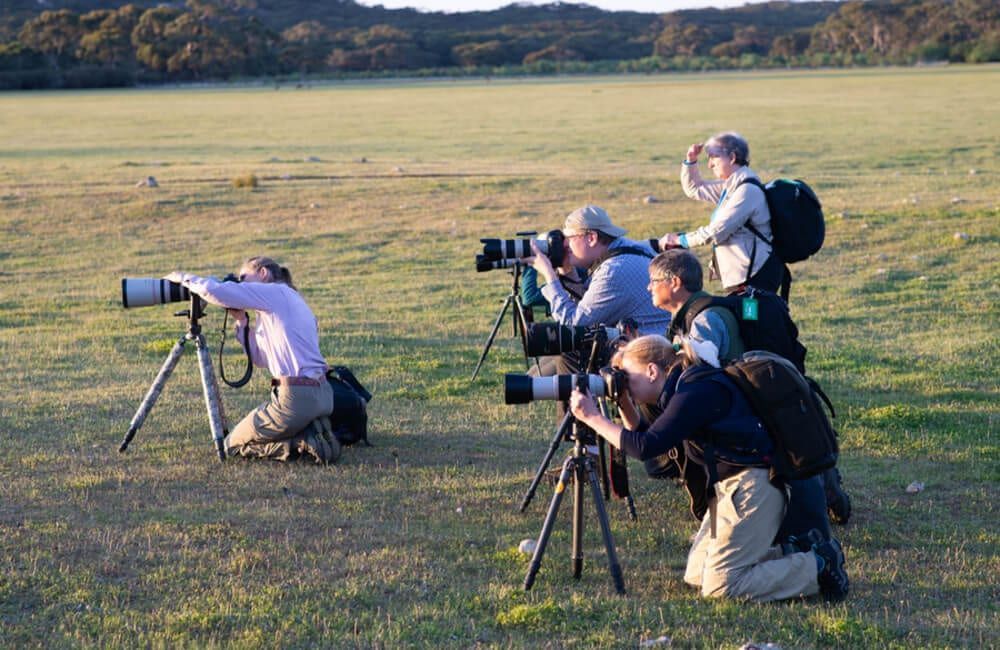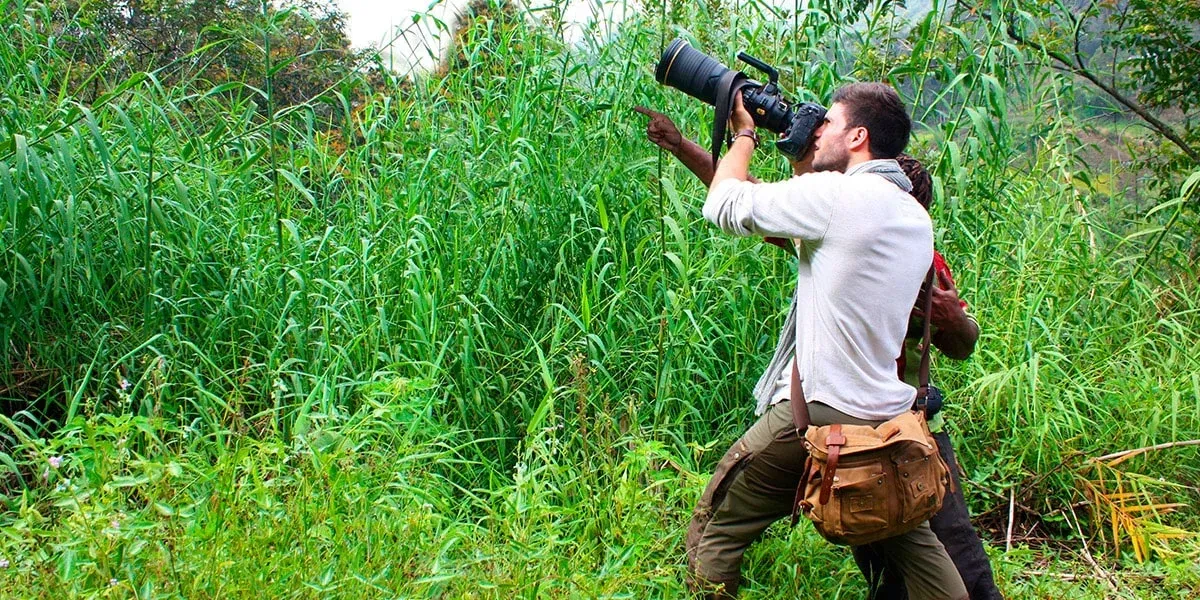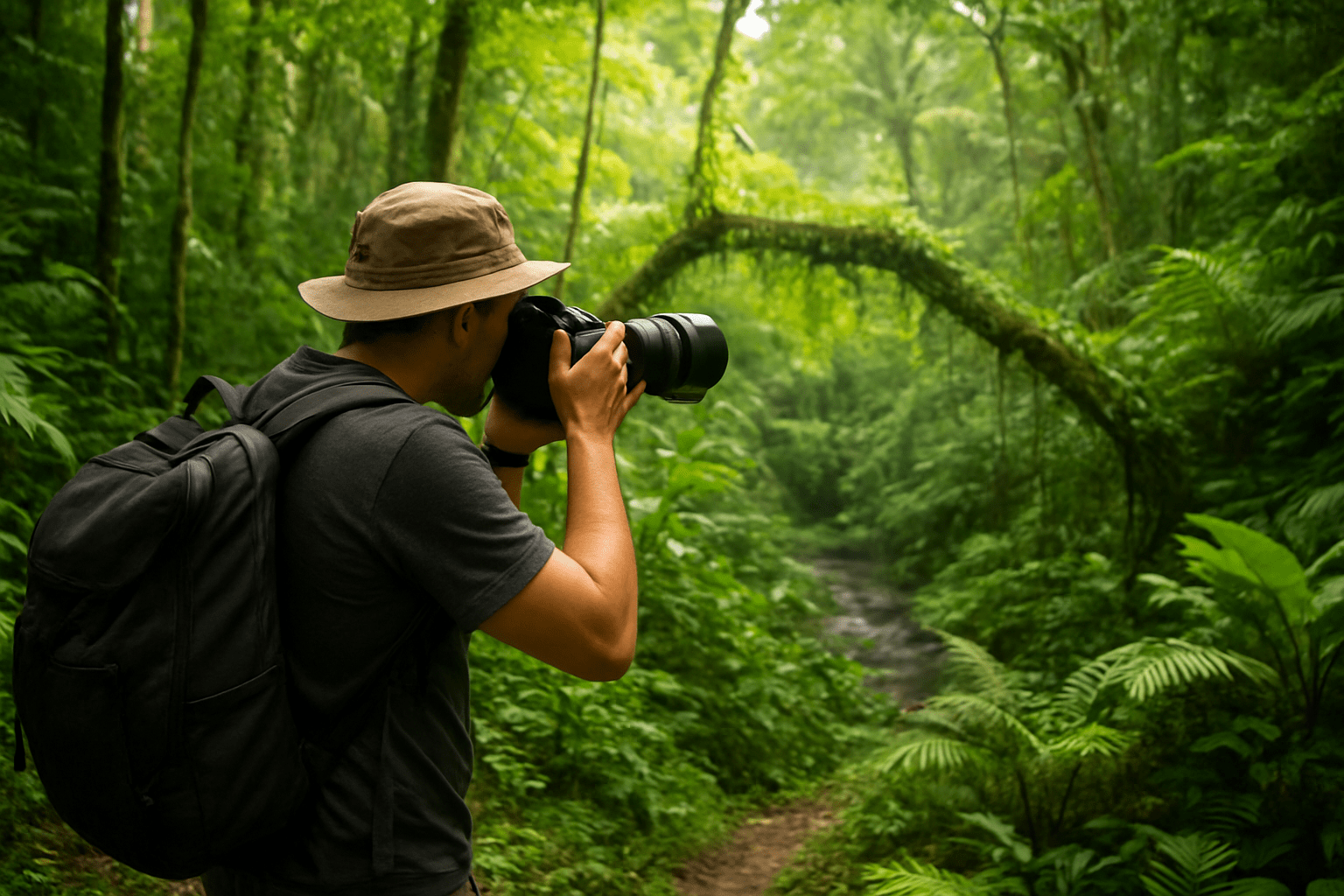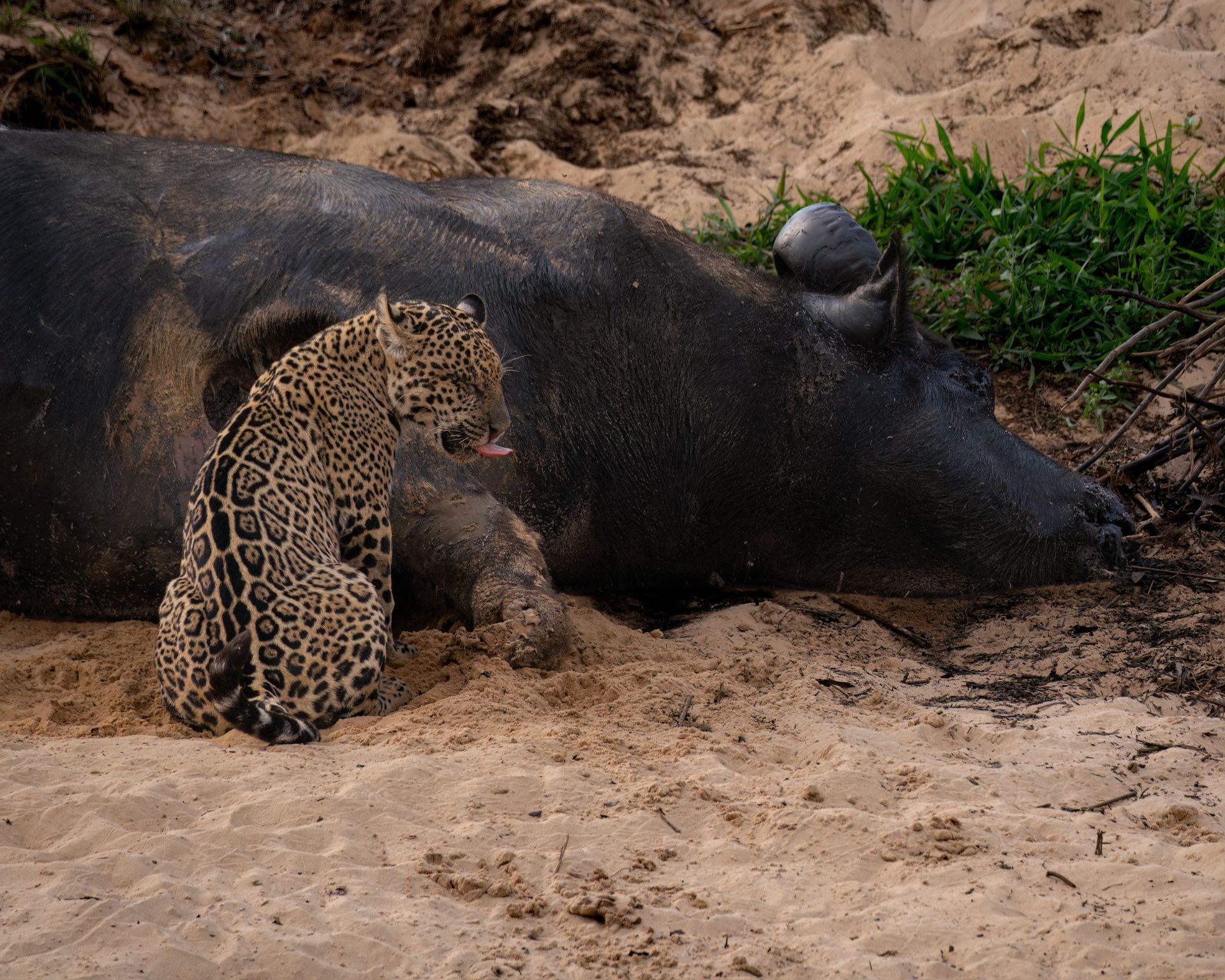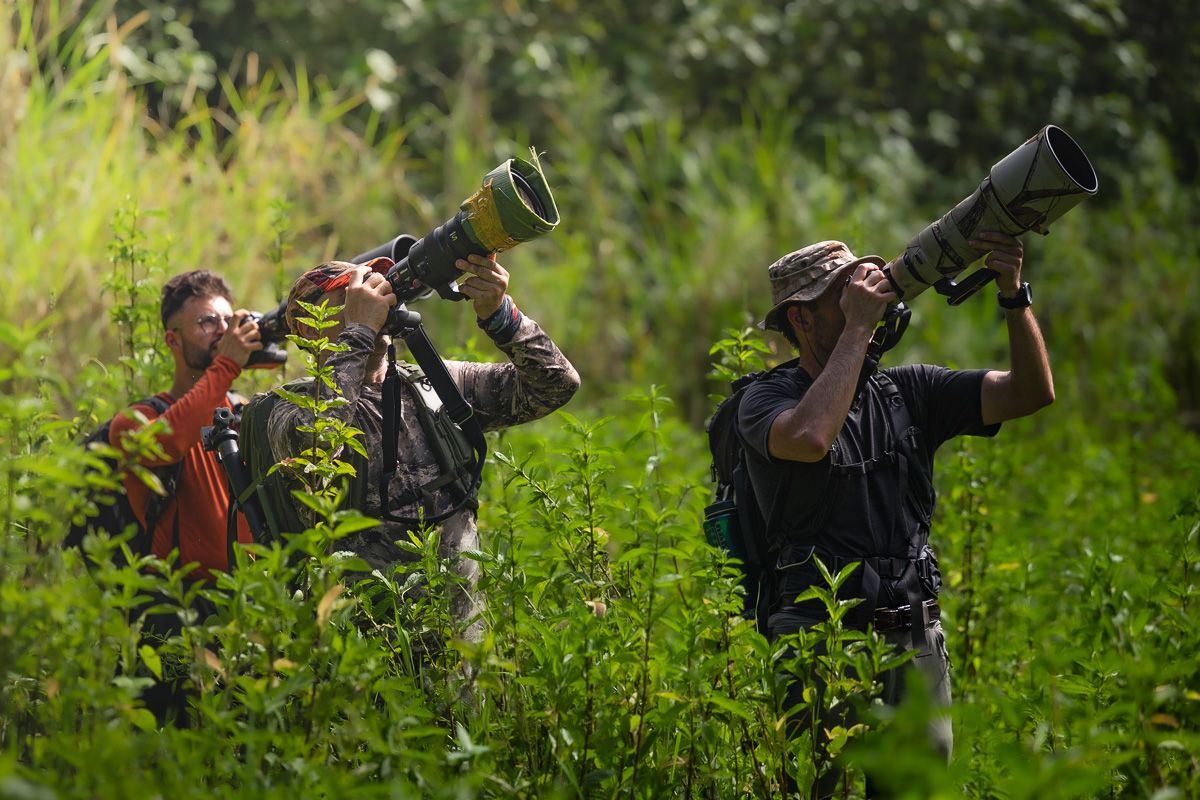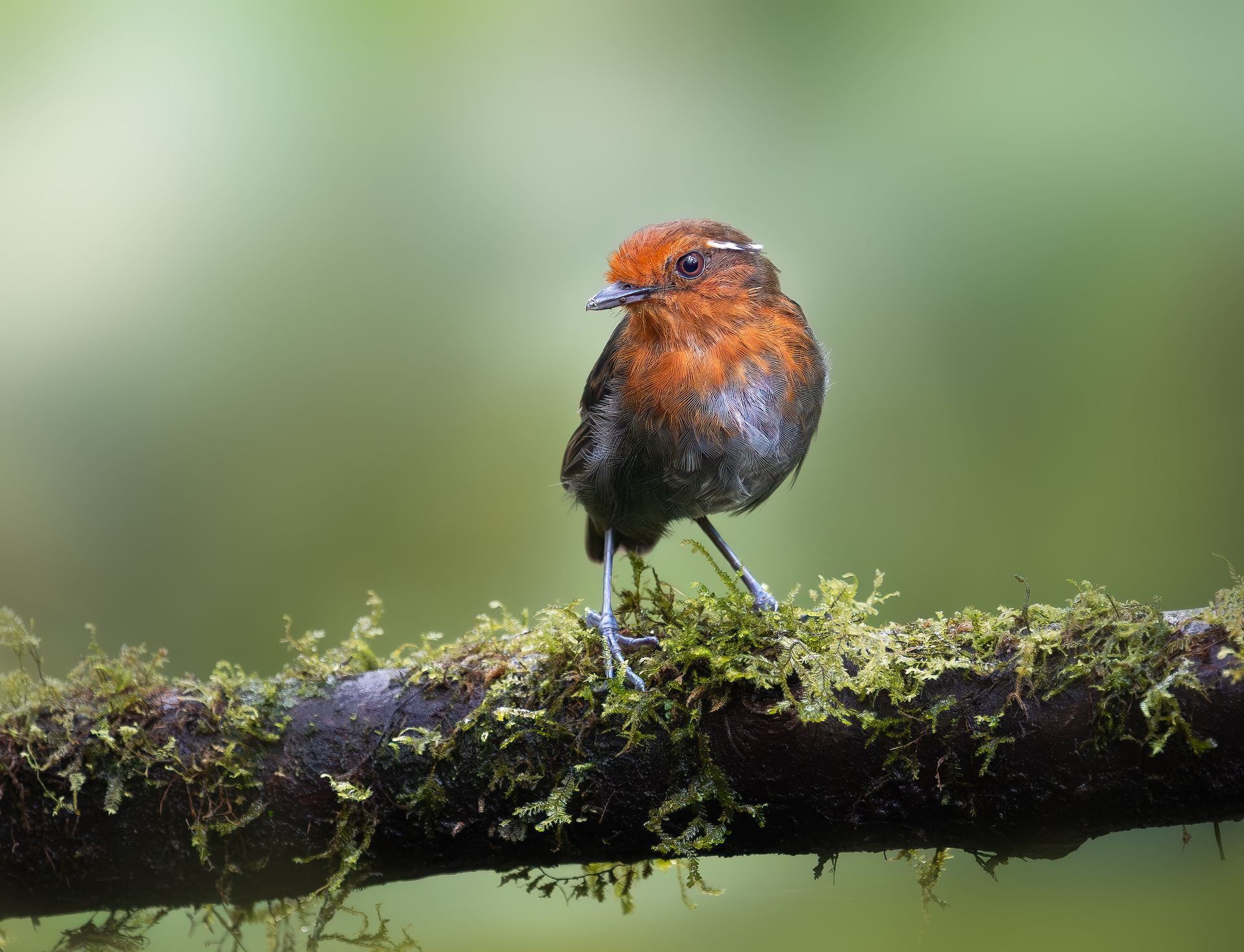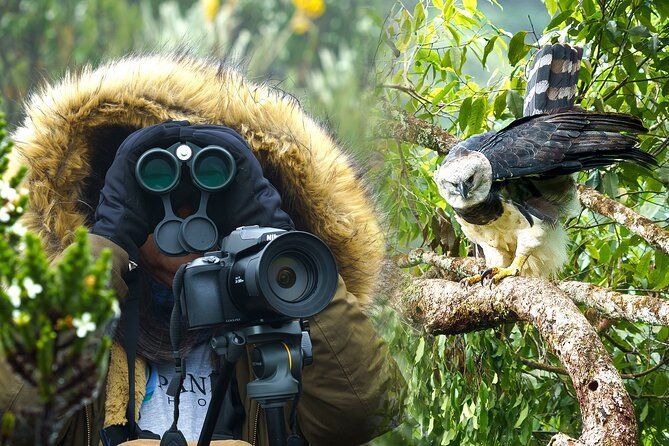"Exploring Los Nevados: A Bird Photographer’s Dream Destination"
A Bird Photographer’s Dream Destination
Colombia is often celebrated as the birdwatching capital of the world, home to over 1,950 recorded bird species—more than any other country on Earth. While its Amazonian jungles and Caribbean coastlines attract countless visitors, one destination stands out as a true paradise for bird photographers: Los Nevados National Natural Park. This unique region, tucked into the central Andes, combines high-altitude páramo ecosystems, dramatic snow-capped volcanoes, lush cloud forests, and breathtaking landscapes with an astonishing diversity of birdlife.
For photographers, Los Nevados is more than just a national park—it’s an experience of nature, culture, and wildlife unlike anywhere else in the world. In this article, we’ll take an in-depth look at why Los Nevados is a dream destination for bird photography, covering its ecosystems, iconic species, best photography spots, challenges, and practical tips to help you make the most of your visit.
Introduction to Los Nevados National Natural Park
Los Nevados National Natural Park (Parque Nacional Natural Los Nevados) is located in the central cordillera of the Colombian Andes, spanning the departments of Caldas, Risaralda, Quindío, and Tolima. Covering around 583 square kilometers (225 square miles), the park is renowned for its towering volcanic peaks—Nevado del Ruiz, Nevado de Santa Isabel, and Nevado del Tolima—all reaching altitudes over 5,000 meters.
What makes Los Nevados particularly exciting for bird photographers is its range of altitudes and habitats. From subtropical cloud forests at 2,600 meters to windswept páramos above 4,000 meters, the park is home to hundreds of bird species, many of which are endemic or highly localized.
For bird photographers, this means you can capture an extraordinary variety of species within just a few days, from tiny hummingbirds hovering over páramo flowers to majestic condors soaring above volcanic peaks.
Why Los Nevados Is a Bird Photographer’s Dream
Several factors make Los Nevados an unbeatable location for bird photography:
1. High Bird Diversity
Colombia is already the most biodiverse bird country, and Los Nevados is one of its hotspots. The park is part of the Central Andes Endemic Bird Area, harboring numerous species that can only be found in this part of the world.
2. Dramatic Landscapes as Backdrops
For photographers, composition is everything. Los Nevados offers some of the most dramatic landscapes in South America—snow-capped volcanoes, crystal-clear glacial lakes, lush valleys, and rolling páramo hills. These create perfect natural backdrops for bird portraits and action shots.
3. Accessibility Compared to Other Andean Sites
Unlike remote Amazonian lodges, Los Nevados is relatively accessible. The cities of Manizales, Pereira, and Armenia provide easy entry points with airports and tourist infrastructure, making it possible to combine high-quality bird photography with comfortable stays.
4. Seasonal Highlights
Different times of the year bring unique opportunities. The dry season (December–February and June–August) offers clear skies and vibrant light, while the wetter months bring lush landscapes and more bird activity.
Key Bird Photography Targets in Los Nevados
While there are hundreds of bird species in Los Nevados, certain iconic species draw photographers from around the world. Here are some of the most sought-after birds:
1. Buffy Helmetcrest (Oxypogon stuebelii)
- Perhaps the holy grail of hummingbirds in Colombia, this striking species is endemic to the high-altitude páramos of Los Nevados.
- With its long white moustache-like feathers and iridescent green plumage, it is a favorite target for photographers.
2. Andean Condor (Vultur gryphus)
- The largest flying bird in the world by wingspan, the condor is a symbol of the Andes.
- Photographers often capture these giants soaring against snowy volcanoes or perched on rocky cliffs.
3. Bearded Helmetcrest (Oxypogon guerinii)
- Another rare hummingbird found in the páramo. Its elaborate head plumes and iridescent throat make it an extraordinary photographic subject.
4. Andean Cock-of-the-Rock (Rupicola peruvianus)
- Known as Colombia’s national bird, its fiery orange-red plumage contrasts beautifully with the green forests. While more common in lower altitudes, certain edges of Los Nevados offer sightings.
5. Golden-plumed Parakeet (Leptosittaca branickii)
- An endangered species often seen in small flocks feeding on seeds. Their vivid green bodies and golden feathers make them a delight to photograph.
6. Sword-billed Hummingbird (Ensifera ensifera)
- Famous for its impossibly long bill, which is longer than its body. Capturing this hummingbird feeding from tubular flowers is a highlight of any trip.
7. Rufous-fronted Parakeet (Bolborhynchus ferrugineifrons)
- A Colombian endemic, often seen in páramo regions at high altitudes. Their social behavior makes for dynamic photography opportunities.
8. Andean Teal and Ruddy Duck
- Found around glacial lakes, these waterfowl provide serene photography opportunities with reflections of mountains in the background.
9. High-Andean Tanagers
- Species such as the Scarlet-bellied Mountain-Tanager and Golden-crowned Tanager add splashes of color to misty montane forests.
10. Torrent Duck (Merganetta armata)
- A specialist of fast-flowing Andean rivers, this species provides action shots as it dives and swims against strong currents.
Photography Hotspots within Los Nevados
1. Termales del Ruiz
A well-known hotspot combining birdwatching with hot springs. Feeders attract numerous hummingbirds, including the Buffy Helmetcrest, Sword-billed Hummingbird, and Shining Sunbeam.
2. Nevado del Ruiz Slopes
The volcanic slopes are perfect for spotting high-altitude endemics. The stark landscape creates dramatic compositions.
3. Otún Quimbaya Sanctuary
Although technically just outside Los Nevados, this reserve is often included in photography tours. It’s famous for the Red-ruffed Fruitcrow and flocks of parrots.
4. Laguna del Otún
This glacial lake is ideal for photographing waterfowl against spectacular Andean scenery.
5. Páramo de Santa Isabel
A surreal ecosystem dotted with frailejones (giant rosette plants), providing striking compositions for birds perched among the unique vegetation.
Challenges of Bird Photography in Los Nevados
High Altitude
Shooting at 3,500–4,500 meters can be physically demanding. Photographers need to pace themselves, stay hydrated, and allow time for acclimatization.
Weather Variability
The climate is unpredictable—clear skies can quickly give way to mist, rain, or snow. Protecting camera gear with waterproof covers is essential.
Elusive Species
Some target birds, like the Buffy Helmetcrest, are rare and may require patience and persistence to photograph.
Lighting Conditions
High-altitude light can be harsh, especially during midday. Early mornings and late afternoons offer the best natural lighting.
Photography Tips for Success
- Use Longer Lenses: A 400–600mm lens is ideal for distant birds, but a 70–200mm lens works well for habitat shots.
- Fast Shutter Speeds: To capture hummingbirds in flight, use speeds of 1/2000s or faster.
- Tripods and Monopods: Helpful for stability during long waits, especially at feeders or open landscapes.
- Composition with Landscape: Include snow-capped peaks, glacial lakes, or frailejones in your shots to add depth.
- Silent Shooting Mode: Reduces disturbance, especially for shy species.
Cultural and Travel Experiences Beyond Birds
Los Nevados is not only about birds; it’s also about the broader experience. Photographers can immerse themselves in:
- Coffee Culture: The park borders Colombia’s famous Coffee Triangle, where traditional farms provide both cultural immersion and additional bird species.
- Local Guides: Many communities surrounding Los Nevados depend on ecotourism, and hiring local guides ensures both better sightings and community support.
- Thermal Springs: After long photography days, natural hot springs like those at Santa Rosa de Cabal provide perfect relaxation.
Planning Your Bird Photography Trip to Los Nevados
Best Time to Visit
- December–February & June–August are generally best for photography, with clearer weather and active birdlife.
Gear Checklist
- DSLR or mirrorless camera with telephoto lenses
- Waterproof camera covers
- Lightweight tripod or monopod
- Extra batteries and memory cards (cold weather drains power quickly)
- Binoculars for spotting before shooting
Where to Stay
- Manizales: A hub with easy access to Termales del Ruiz and the slopes of Nevado del Ruiz.
- Villamaría and Pereira: Good bases with eco-lodges catering to birdwatchers and photographers.
Why Los Nevados Stands Out Among Birding Destinations
While Colombia has many extraordinary birding regions—from the Amazon to the Chocó—Los Nevados stands out for its combination of accessibility, iconic species, and breathtaking landscapes. For bird photographers, it offers the chance to capture rare species against world-class scenery in just a few days, making it one of the most rewarding photography destinations in the Andes.
Final Thoughts
Bird photography is as much about patience and passion as it is about technical skills. In Los Nevados, both beginners and experienced photographers will find an unparalleled blend of challenges and rewards. Whether you’re waiting for the Buffy Helmetcrest to perch on a frailejón, capturing the condor soaring against snowy peaks, or documenting the sword-billed hummingbird feeding in mid-air, Los Nevados provides unforgettable experiences and world-class photography opportunities.
For any serious bird photographer, Los Nevados National Natural Park is not just a destination—it’s a dream realized.



